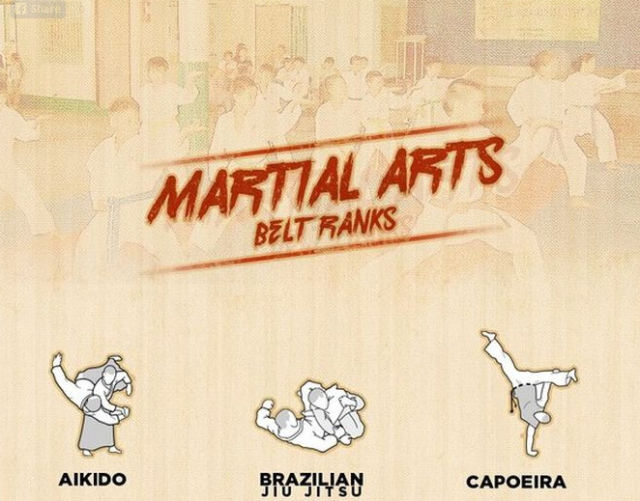The Worldwide History And Change Of Martial Arts
The Worldwide History And Change Of Martial Arts
Blog Article
Post Produced By-Winkler Vick
Martial arts have a fascinating background that extends centuries and continents. You might discover it interesting how ancient techniques like Shuai Jiao and Kalaripayattu prepared for contemporary fight techniques. These disciplines not only highlight physical abilities yet also mirror the cultures that birthed them. As you discover their development, take into consideration exactly how globalization has actually changed these traditional types into hybrid styles. What impacts do you believe have formed today's martial arts landscape?
Ancient Martial arts: The Foundations of Fight
As you explore the world of old martial arts, you'll discover the rich foundations that formed fight techniques across cultures. Very early practices focused on Self-Defense and survival, commonly integrating strikes, grappling, and weapons.
In Click Link , for instance, methods like Shuai Jiao highlighted tosses and joint locks, while India's Kalaripayattu showcased dexterity and fluid motion. Japanese samurai created Kenjutsu, a refined swordsmanship that highlighted self-control and approach.
These martial arts served not just for fight but also as a means of personal growth, instilling values like regard and determination. The blending of these strategies in time laid the groundwork for the varied martial arts you see today, each reflecting the distinct viewpoints and requirements of its society.
The Cultural Influence on Martial Arts Development
While martial arts typically show the useful needs of a culture, they likewise embody the cultural worths and beliefs of their origins. When you discover various martial arts, you'll discover exactly how they're influenced by faith, approach, and social norms.
As an example, the focus on regard and discipline in Japanese martial arts comes from Zen Buddhism and samurai society. In contrast, Brazilian Jiu-Jitsu advertises versatility and strategy, formed by the need for efficiency in a varied, multicultural environment.
You may find that the routines, attires, and training methods show a community's history and identity. By understanding these social impacts, you deepen your admiration of martial arts and their role in shaping human experiences across the globe.
Modern Adaptations and the Globalization of Martial arts
Martial arts have changed substantially in recent years, adapting to contemporary culture and global influences. You'll notice that conventional types have combined with modern-day methods, producing hybrid styles like MMA. These adaptations cater to diverse audiences, making martial arts obtainable and attractive worldwide.
With simply click the next internet site of social media sites and digital systems, you can find tutorials and competitions from all edges of the globe, damaging geographical barriers. This globalization has brought about a common gratitude for various techniques, from Brazilian Jiu-Jitsu to Taekwondo.
As you engage with these arts, you'll realize they're not just about combat; they promote physical fitness, discipline, and mental wellness.
Inevitably, modern adaptations have enriched the martial arts landscape, making it a dynamic and advancing method.
Final thought
In discovering the background and advancement of martial arts, you discover an interesting mix of techniques, cultures, and philosophies. From old disciplines like Shuai Jiao and Kalaripayattu to the contemporary versatility seen in MMA, martial arts mirror humankind's pursuit for Self-Defense and individual growth. As you involve with these methods, you not just get skills yet also a much deeper appreciation for the diverse customs that form our globe today. So, proceed your journey and welcome the art of fight!
